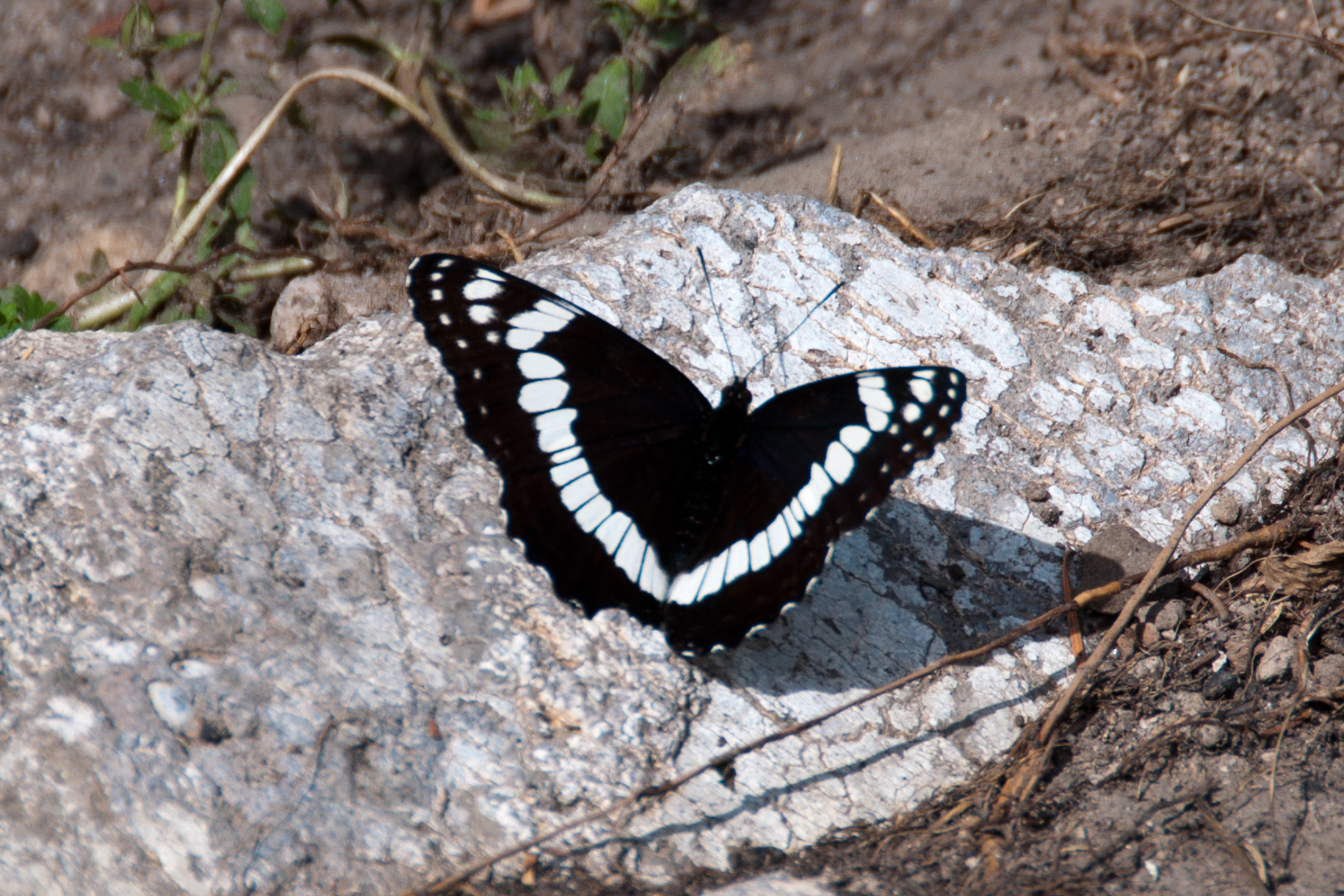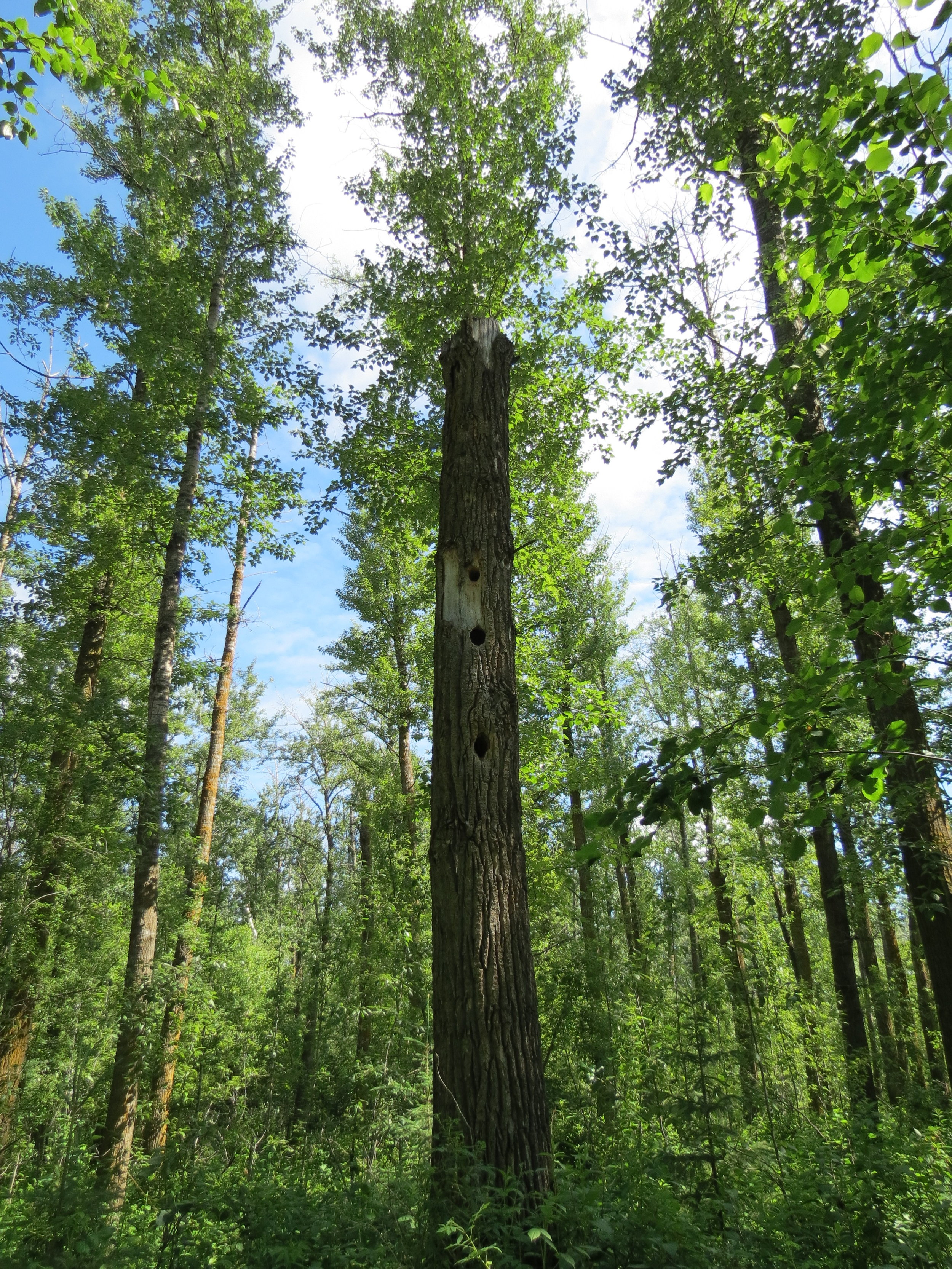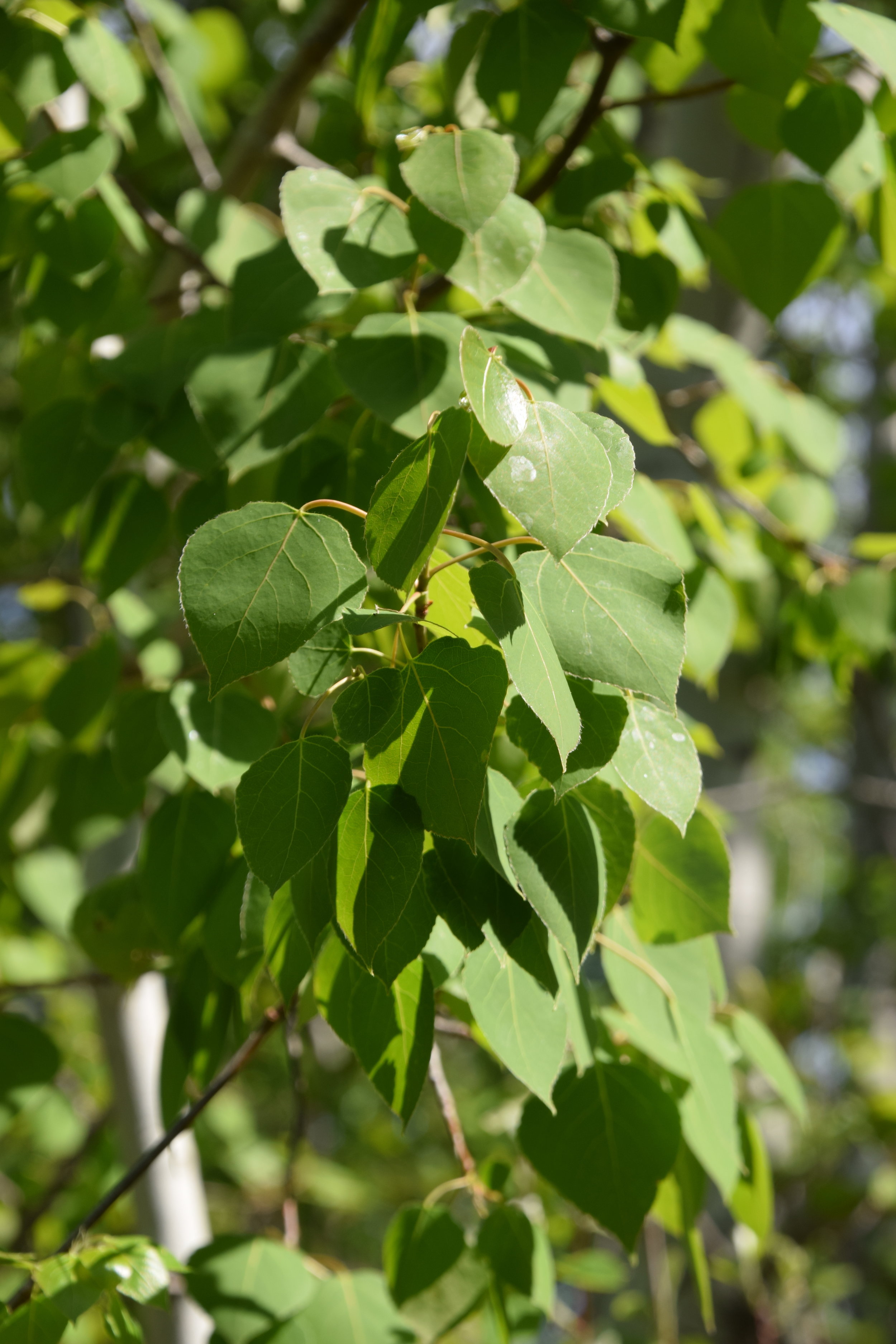Yellow Warbler (Setophaga petechia)
The Yellow Warbler is one of the easiest birds to identify within Alberta. The remarkable yellow of their feathers makes them easy to spot when they’re perched at the top of a tree. The distinct whistling sound of a male Yellow Warbler can typically be heard throughout forests and wetlands in Alberta.
Yellow Warbler by Lu Carbyn
Why they Matter to Us
Currently, the species is not endangered, but the population is slowly decreasing due to forest habitat loss.
They help keep insect populations in control by eating caterpillars and beetles, as well as a variety of other organisms.
Their bright color makes them a unique bird in Alberta, and they are a popular sight for bird lovers.
How You Can Help
Donate to EALT so we can continue to protect the Yellow Warbler’s habitat!
Avoid using pesticides that could harm insect populations.
Keep your watershed healthy! Follow all directions when using dangerous chemicals and make sure to dispose of them properly afterwards. This will help keep our wetlands (and the Yellow Warbler) safe.
Small migrants like warblers can get caught and stuck in burdock, an invasive plant that produces spiky hooked burrs. Make your yard a safe habitat for warblers by managing invasive weeds like burdock.
How to Identify
Identify by Sight
To identify the Yellow Warbler, look for these distinguishing features:
Photo by Lu Carbyn
Small size. The Yellow Warbler is usually 12-13 cm in length with a wingspan of 16-20cm
While both sexes are bright yellow, male birds tend to have red streaks on their chest, something not commonly seen on the female birds.
The birds have a yellow-green back with solid black eyes.
To identify the Yellow Warbler as it flies by, look for these clues:
Male birds sometimes defend their nest by fluttering their wings while in the air
Hop along branches or hover briefly while foraging for insects
Yellow Warbler migrations takes place at night
The Yellow Warbler can take off flying instantly, with their wings going straight back until perpendicular with the body
Identify by Sound
The males have unique whistling sounds for a variety of purposes. Some people say their territorial song sounds like they are saying “sweet sweet sweet, I’m so sweet“. Click here to listen to their songs and calls!
Where to Find
In Alberta, the Yellow Warbler can be seen throughout the province, typically found among the branches of low lying Aspen trees. In winter months the Yellow Warbler can be found in forests as well as marshes. Breeding season is spent in wetlands, as they prefer to breed in habitats with plenty of regrowth.
For the winter (around October to April), these birds migrate south as far as South America!
Social Life
Photo by Betty Fisher
They are a migratory species and regularly spend winters in Central America to South America
Every year, Yellow Warbler’s form pairs that last through till the end of the breeding season. These pairs are monogamous and can meet again for multiple seasons.
Both parents help with the feeding of baby Yellow Warblers, and the male assists the female with the construction of the nest
Males attract a female to a potential territory by singing
Food Chain
Yellow Warblers eat mainly insects
Common predators of the Yellow Warbler nests include small animals such as the red squirrel, weasel, crows and ravens, and others
Cup shaped nests are built in small trees or shrubs in order to avoid predation
Fun Facts
Yellow Warblers make a hissing sound when defending their habitat.
These birds are so tiny, they can be caught in a spider’s web!





















